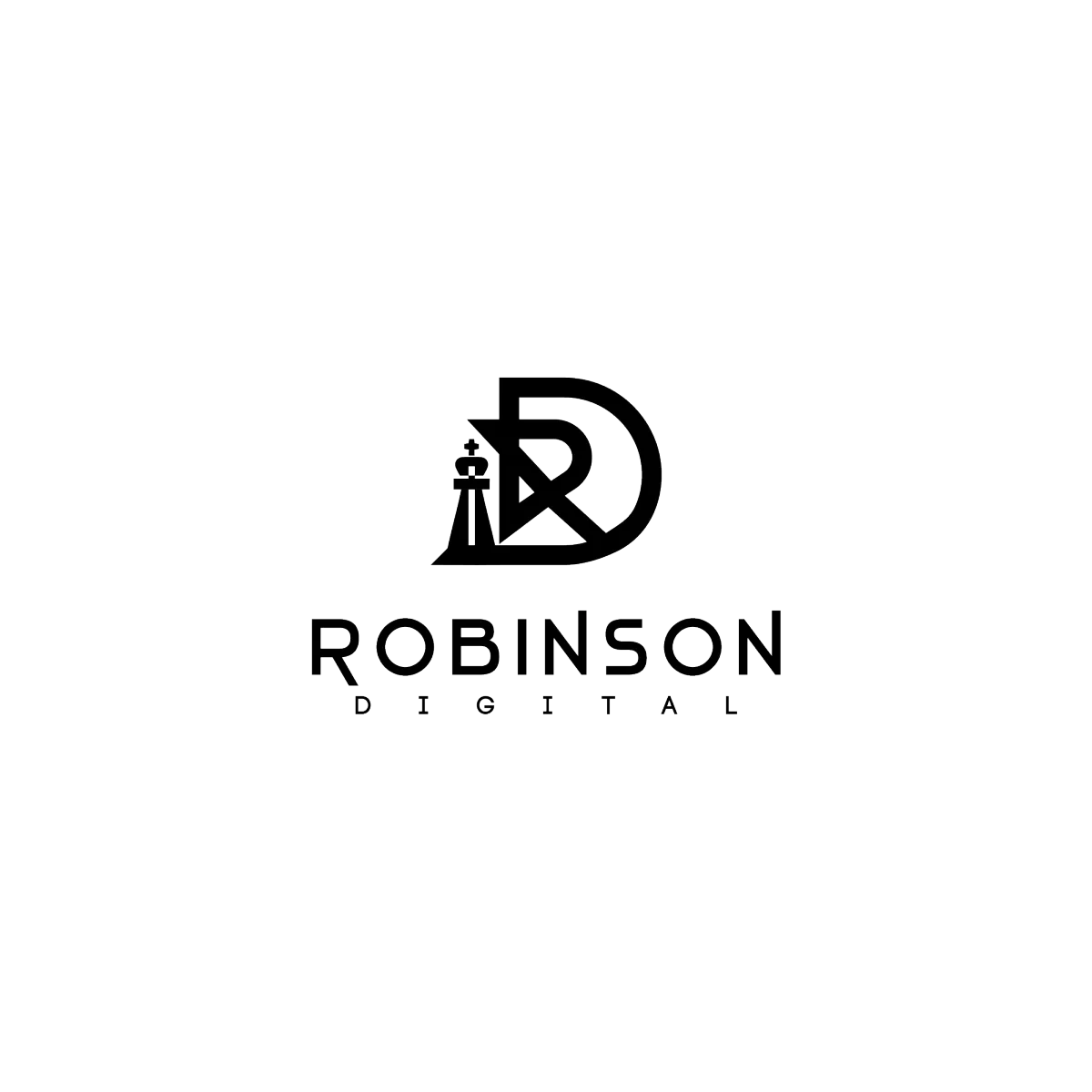blog
Digital Solutions And Website Design Tips for Victorian Businesses to Drive Leads
Practical tips and insights for businesses looking to build business ready websites and digital ecosystems in Mildura and Victoria
blog
Check Out Our Blog Below!
Explore Expert Insights and Actionable Tips to Boost Your Business Today
check out our latest posts

Tax Deductions for Website Development & Capital Expenses
Tax Deductions for Website Development & Capital Expenses
When you’re building or upgrading your website, you’re not just investing in better online visibility—you could also be making a smart financial move for your business. Here’s how understanding tax deductions for website development can save you money come tax time.
Can Website Development Be Depreciated?
Yes! Website development can be capitalized as a depreciating asset in Australia, including in Victoria. When you develop a website that serves your business over several years, the Australian Taxation Office (ATO) allows you to treat these costs as capital expenses. This means that rather than claiming the entire cost as an immediate expense, you can depreciate the cost over the website’s effective life—typically five years.
This rule applies if your website brings ongoing value, such as generating leads or conducting e-commerce. So if you’re a business in Mildura or anywhere across Victoria, take note—your website development costs could be working for you long after the site is live.
How Much Does Website Development Cost?
The costs of developing a website can vary dramatically depending on complexity. A simple landing page might cost a few thousand dollars, while a complex e-commerce site with custom features can run into the tens of thousands. The great news? If your business is in Australia, you can capitalize these website development costs and claim them as deductions over time, making it a more manageable investment.
Depreciating Assets
Website development is classified as a depreciating asset when it serves your business for a long period. Like computers, software, or machinery, it has a limited life expectancy, which means you can claim deductions for the decline in value over time.
In Australia, website development costs are typically depreciated over five years, which is the ATO’s standard for "in-house software." This method ensures your business gets some of that money back, year by year.
When to Claim a Deduction
If you’re using the website to generate assessable income (e.g., through online sales, lead generation, or marketing), you can claim deductions for its decline in value each year over its effective life. If you’re a small business with a turnover of less than $50 million, you could also qualify for the Small Business Technology Investment Boost (more on that below).
Operating Expenses
Some ongoing costs related to your website can be claimed as operating expenses. These include:
Hosting fees
Domain registration
Software subscriptions for tools like CRMs or email marketing platforms
Unlike capital expenses, operating expenses are deductible in the year they are incurred. This means you can immediately reduce your tax liability without waiting for depreciation.
Capital Expenses
Capital expenses relate to creating or improving your website—think of things like web design, custom features, and development costs. For businesses in Australia, these costs can usually be claimed over five years through depreciation. However, if you’re a small business, you might be able to claim an instant write-off depending on your circumstances.
Small Business Technology Investment Boost
For small businesses with a turnover of under $50 million, the Small Business Technology Investment Boost allows you to claim an additional 20% deduction on eligible digital costs, such as website development, between March 2022 and June 2023. This includes not only websites but other digital assets like payment systems and cybersecurity software.
Let’s say you spent $10,000 developing a new website for your law firm. Under this boost, you could claim a $2,000 bonus deduction, along with the standard depreciation.
In-House Software
If your website includes in-house software—custom-built for your business—you may need to depreciate it over five years under ATO rules. The good news is that you can pool all your in-house software development costs and claim them together. This simplifies your accounting while still allowing you to claim deductions over time.
Examples
Here are a couple of examples of how these rules work in practice:
Example 1: Law Firm Cybersecurity
If a law firm spends $11,000 on a website upgrade with built-in cybersecurity, they could claim $10,000 under temporary full expensing and an additional 20% ($2,000) under the Small Business Technology Investment Boost.
Example 2: Website Package & Hosting Fees
A small business in Mildura purchases a $4,000 website package and pays $50 per month for hosting. They can claim the website package as a capital expense and deduct the monthly hosting fee as an operating expense in the year they incur the costs.
Record-Keeping
To claim these deductions, make sure you maintain accurate records. Keep:
Tax invoices
Contracts for website development
Hosting and domain invoices
Details on how you calculated your deductions
Good record-keeping will make your tax time a breeze, and you’ll have no problem justifying those deductions.
Temporary Tax Depreciation Incentives
Temporary tax depreciation incentives like the instant asset write-off or temporary full expensing allow businesses to claim the full cost of assets immediately. If you installed your website after March 2020 and before June 2024, you might be eligible to claim the full cost upfront, depending on your business turnover and when the website was first used.
FAQs About Can Website Development Costs Be Depreciated
Q: Can I claim my website development costs all at once?
A: It depends! Small businesses may be able to claim the full cost upfront if it falls under the instant asset write-off threshold. Otherwise, it’s typically depreciated over five years.
Q: What’s the difference between operating and capital expenses for my website?
A: Operating expenses are things like hosting fees or subscriptions, which can be claimed in the year you incur them. Capital expenses include the actual development and design of the website, which are depreciated over time.
Q: What if I make upgrades to my website?
A: Upgrades can usually be capitalized and depreciated like the original development costs. This includes adding new features or redesigning the site.
By understanding how to claim website development costs and other digital expenses as deductions, you’ll not only enhance your online presence but also make your website a smarter investment in the long run.
Need help with your website? Contact Robinson Digital today, and let’s get started on your business’s next growth stage!
STILL NOT SURE?
Frequently Asked Questions
Got Questions? We've Got Answers.
How long does it take to develop a website?
Each website project is unique, but on average, our websites take around 4-6 weeks to complete. This depends on the complexity of the design, functionality, and how quickly we can gather content from you. We'll work with you every step of the way to make sure the timeline fits your needs.
Can you help me with digital marketing after my website is live?
Yes! We offer a full range of digital marketing services including SEO, Google Ads, Facebook Ads, and social media management to help drive traffic and conversions after your website is live.
What makes your websites different?
Our websites are designed with a focus on conversion rate optimisation (CRO) and SEO to ensure they not only look great but also rank higher on search engines and convert visitors into customers.
Will my website be mobile-friendly?
Absolutely. Every website we build is fully responsive, meaning it will look and function perfectly on any device, including smartphones, tablets, and desktops.
How does your Leadflow Manager software help my business?
Our software allows you to manage leads, customer data, and social media accounts in one place. You'll have real-time access to your leads and customers from your mobile device or computer, ensuring smooth follow-ups and retention.
How do you ensure my website ranks on Google?
We implement SEO best practices from the ground up, including keyword research, on-page SEO, optimised site structure, and fast loading times to improve your website’s rankings on Google.
Can I update my website on my own after it's built?
Yes! We provide you with an easy-to-use content management system (CMS), so you can make updates to your website whenever you need without needing technical skills.
What kind of businesses do you typically work with?
We work with a wide range of businesses, from startups to established companies, across industries such as retail, service-based businesses, sports academies, and more.
Do you offer support after the website launch?
Yes, we offer ongoing support and maintenance packages to ensure your website stays up-to-date, secure, and fully optimised for performance.

FOLLOW US
SERVICES
CUSTOMER CARE
LEGAL
Copyright 2025. Robinson Digital . All Rights Reserved.



